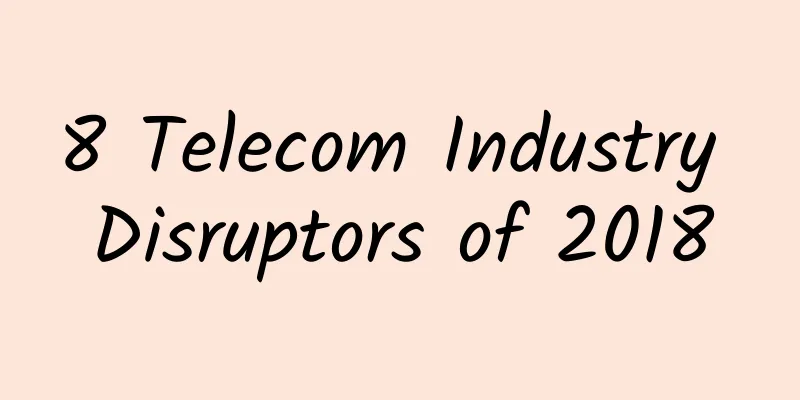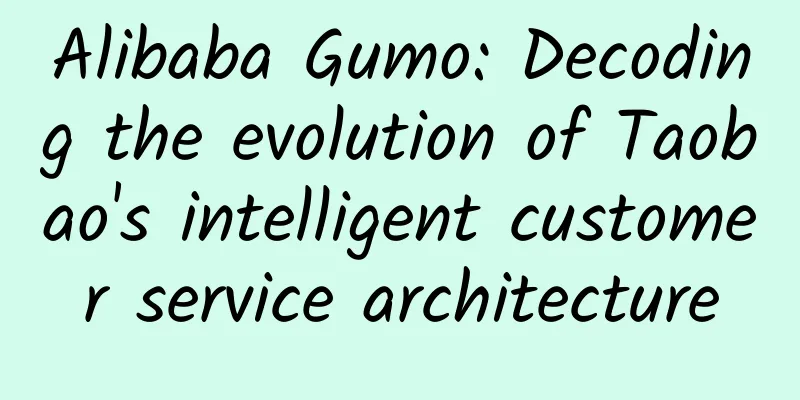Obstacles to 5G rollout

|
While 5G has the potential to open up many exciting new possibilities in the world of IoT, there are currently many obstacles to its rollout. What’s holding back widespread 5G coverage?
1. High-frequency millimeter wave By giving mobile operators more capacity to deliver higher throughput and low-latency capabilities, high-frequency waves (between 24 and 100Ghz) will help them reach the promised high speeds of 5G. However, high-frequency millimeter waves have difficulty penetrating buildings, trees, and other obstacles. This makes deploying 5G networks in cities a complicated task. In addition, their coverage is limited, which means that a dense network of antennas is required. In addition to this, millimeter wave spectrum is not yet widely available in all countries. 2. Uneven coverage Many operators will use lower-frequency spectrum in the 600 Mhz–3Ghz range, and in order to utilize this spectrum, additional cell sites will be required to achieve the same coverage. Since 5G networks are expensive to build and carriers want a big return on their investment, they will likely only deploy 5G networks in areas where they can get a high return. In practice, this means cities will see 5G networks (in some cases already) before rural areas (which may never get 5G). 3. 5G health scare People are uneasy about the potential health hazards of 5G and have launched petitions to boycott the technology. One California city has voted to ban 5G towers, claiming they pose a risk to public health. Although there is no hard evidence so far that 5G poses a threat to people's health, rumors are rife and people are concerned. (Source: IoT Home Network) If mobile operators and governments don't listen and ease people's concerns, they may see a public outcry against 5G that will slow its adoption. In our view, these are the biggest barriers to widespread 5G adoption. None of them are insurmountable, and with determination and some forward-looking planning, they can be overcome. |
<<: A brief discussion on the 3PC protocol for distributed system consistency
>>: How does 5G achieve beamforming?
Recommend
Once together, now separated, 5G baseband will connect everything
2019 is the first year of 5G, but SoC and 5G base...
A must-read for newbies of MPLS static configuration! Detailed case explanations help you get started quickly!
Today we will look at the basic configuration cas...
Alipay responds to mobile phone black market: facial recognition has not been broken
Recently, an article has attracted attention and ...
The Ministry of Industry and Information Technology released the "14th Five-Year Plan", and the information and communication industry's revenue will grow by 10% annually by 2025
On November 16, the Ministry of Industry and Info...
What is active monitoring without embedding code? Technology exploration behind improving user experience
In the Internet age, whoever controls the users c...
BuyVM: 1Gbps unlimited traffic VPS monthly payment starting from 3.5 Canadian dollars, Las Vegas/New York/Miami/Luxembourg and other data centers
BuyVM is a long-established foreign VPS hosting c...
5G users will exceed 190 million this year and reach 2.8 billion by the end of 2025
According to a report from Ericsson, by the end o...
The inheritance of mobile communications from the 1G era
This article is reprinted from the WeChat public ...
The 5G process will not be interrupted, and the short-term impact of the epidemic on the optical communications industry is controllable
During the past Spring Festival, the novel corona...
Make network management more efficient! Quickly scan the LAN and obtain IP and MAC addresses in real time
Have you ever received a network failure alert la...
The Future of Wi-Fi: Prepare Your Business for the Internet of Things
Connectivity is critical to nearly every aspect o...
Huawei releases Cloud Managed Network 2.0, free trial available from today
On August 21, 2018, Huawei held a cloud managemen...
Huawei builds a government cloud platform to help the "Millennium Ancient Capital" develop
[[188583]] "E-government is currently in a p...
What is DNS and how does it work?
The Domain Name System (DNS) is one of the founda...
Overview of 5G development plans for the country and provinces and cities in 2021
As an important carrier for the development of th...









